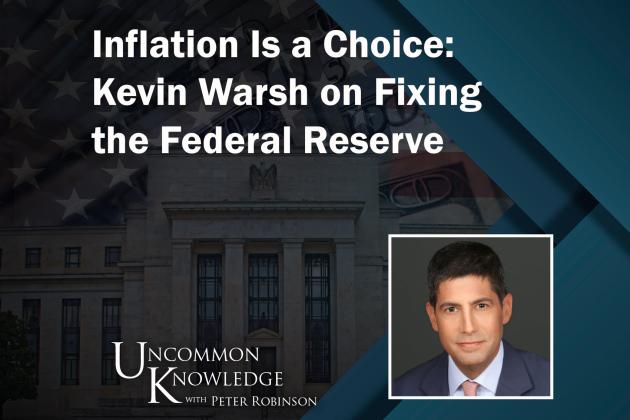
In Woody Allen’s witticism, “You can live to be a hundred, if you give up everything that makes you want to live to be a hundred,” there lies a humorous observation on the sometimes drastic methods claimed for extending life, prompting contemplation on what genuinely defines a healthy way of living and at what expense it is deemed valuable. In this investigation of health narratives, the contributions of prominent health advocate Vani Hari, widely recognized as The Food Babe, become relevant. With her considerable following, Hari questions widely accepted dietary practices, advocating for a closer look at what is included in our foods — particularly underscoring the dangers linked to chemicals and genetically modified organisms (GMOs).
The Food Babe’s viewpoint mirrors a larger societal trend: skepticism of synthetic additives and a movement towards “natural” choices. While her viewpoint on current dietary inadequacies aligns with worries regarding America’s obesity epidemic, her emphasis on GMOs and additives may overshadow more pressing matters highlighted by leading health organizations like the American Cancer Society and American Heart Association. These organizations stress the importance of plant-based diets, lower red meat intake, and consistent physical activity, clearly stating that GMOs or organic labeling have minimal impact on overall health when contrasted with essential dietary habits.
This discussion is deeply rooted in historical evolutionary patterns. From a desire for sugar-rich and fat-laden foods — previously essential for survival — to dealing with present-day overabundance and sedentary habits, humans struggle with biological inclinations ill-fitted for today’s food surplus, where sweet, salty, and fatty flavors dominate. Coupled with cultural customs surrounding rich meals, prioritizing healthier, less appealing options can be a significant challenge for many.
The transition from manual labor to less active, machine-dependent occupations exacerbates these issues, as physical activity becomes a conscious and often inconvenient choice. Thus, addressing these entrenched behaviors involves both cultural transformation and personal dietary decisions.
To resolve these contradictions — balancing taste preferences with nutritional requirements — some advocate for practical solutions such as taxing sugary products, though such proposals ignite discussions on individual liberties versus public health. While The Food Babe’s efforts may unintentionally foster transparency in food production, they frequently divert attention from the well-established, evidence-based challenges faced by the public, steering the conversation toward less impactful issues.
In conclusion, living a century while preserving pleasure requires navigating the intricate interactions between genetically-driven inclinations, cultural practices, and essential nutritional awareness, striving for concrete lifestyle changes over simplistic eliminations or unfounded anxieties regarding “unnatural” entities.